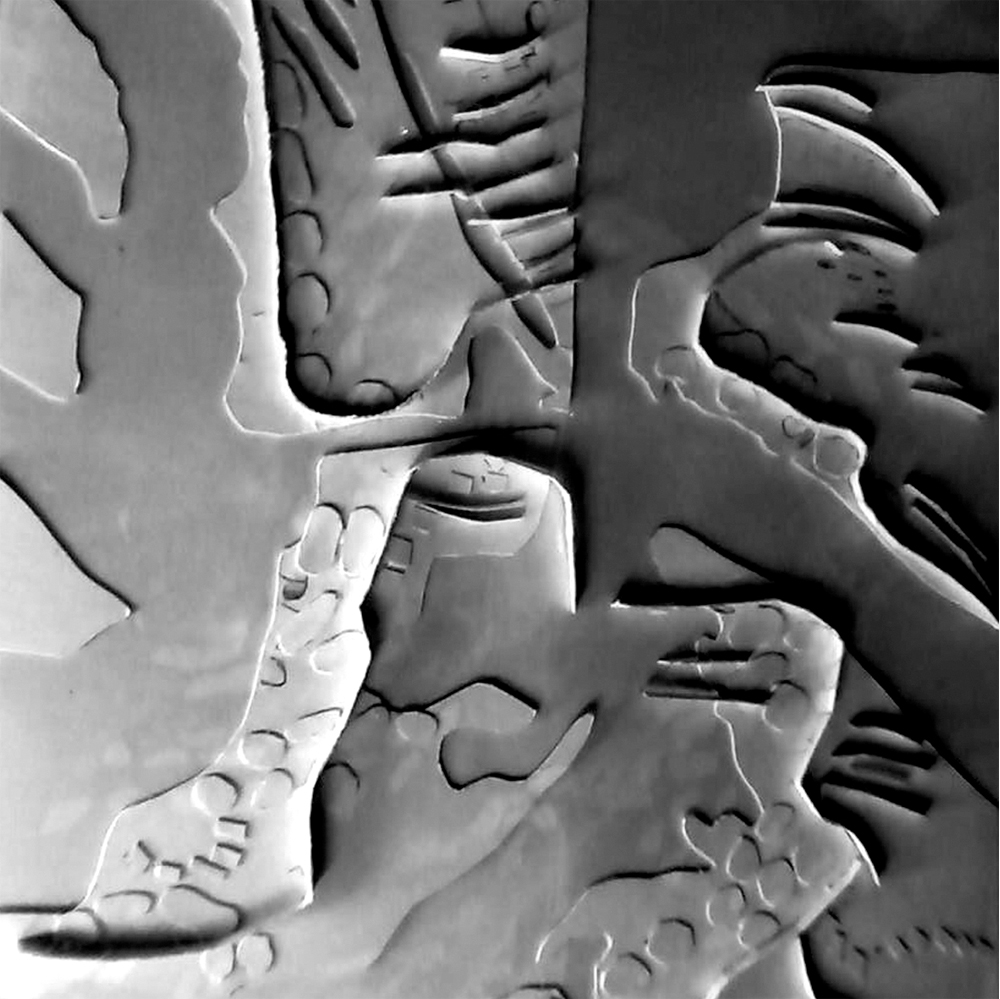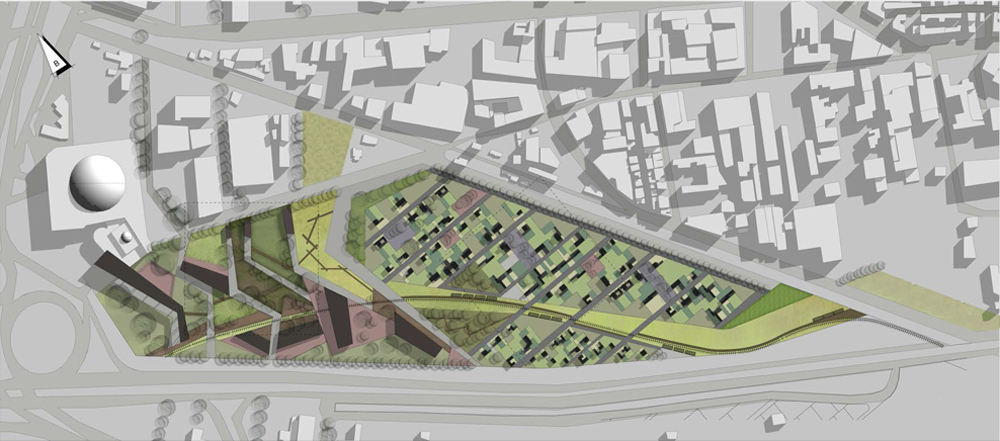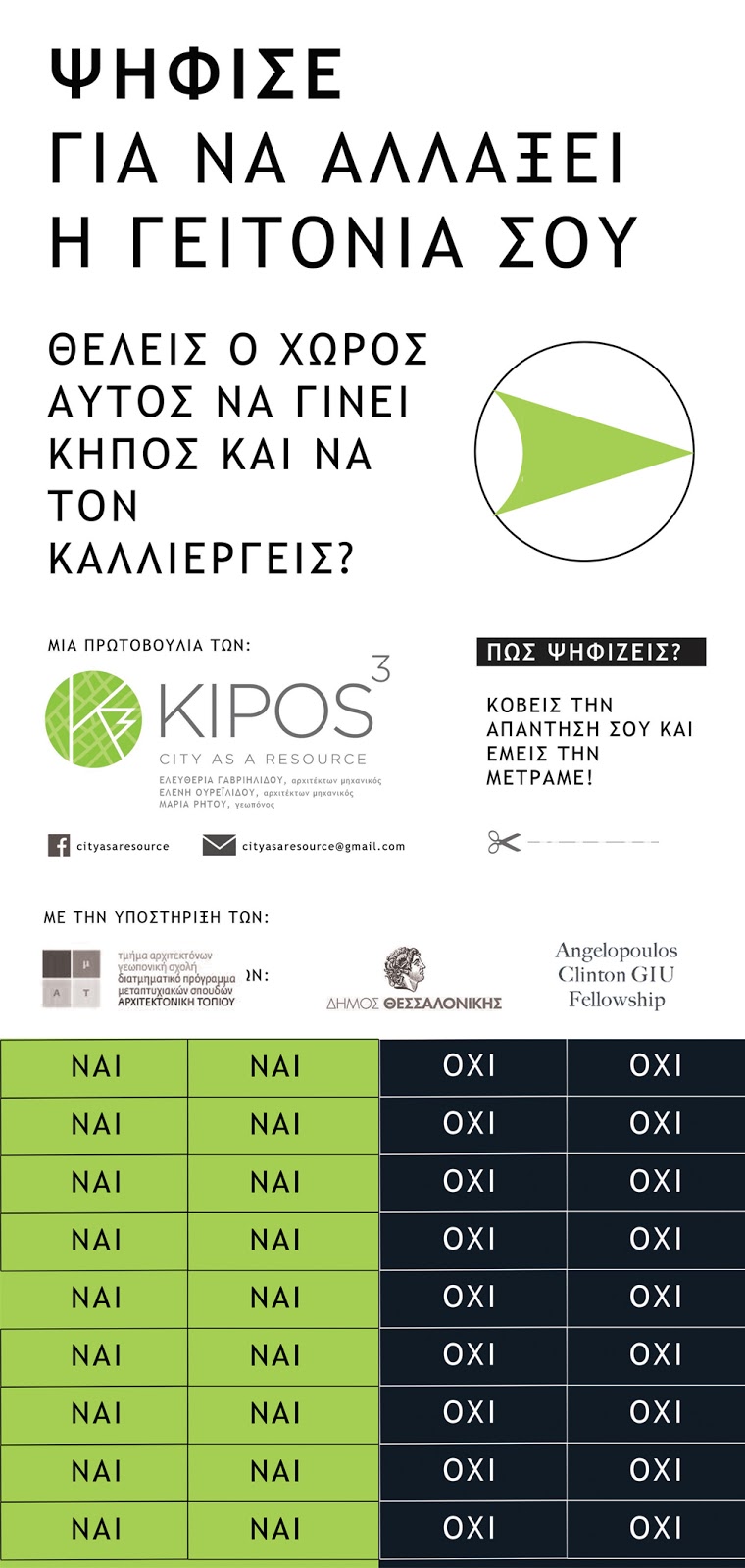Oureilidou Eleni born in Alexandroupolis in 1988, graduated from School of Architecture and Master in Landscape Architecture, A.U.Th. She was awarded from «GreekArchitects.gr». She participated in exhibitions and conferences in Germany, Scandinavia, Russia and Italy. She was member of «Kipos3 - Angelopoulos CGIU Fellowships 2014». Currently, she works with Municipality of Thessaloniki towards a more collective use of urban public spaces.
#1. Describe your architectural background with a few words.
Ε.Ο.: Studying architecture and landscape architecture, taught me, above all, the basic principles of aesthetics. During my studies in school of Architecture, I met and collaborated with inspiring professors, like Mrs. Vana Tentokali and her colleagues. Furthermore, I had the chance to participate in various student exchange programs, like IAESTE, in Hungary and ERASMUS in Berlin. In both cases, I met and worked with brilliant architects and artists. After completing my basic studies in architecture, I worked for SParch (Sakellaridou+Papanikolaou Architects), one of the biggest architectural offices in Greece, where I learned that hard work is necessary for the success of a big scale project. Afterwards, during my master in Landscape Architecture, I earned scholarship from State Foundation and participated in numerous conferences around Europe, like Hamburg, Norway, Sweden, Russia and Italy. In addition, over the past years, I participated in art exhibitions in Hungary and in Florence. One of the most important experiences I had during the first semester in Master, was Clinton Global Initiative, Annual Meeting 2014 in Phoenix, Arizona, thanks to “Angelopoulos Clinton GIU Fellowship 2014” where I participated with the team commitment: “Kipos3-City as a resource”. During the Annual Meeting, I contacted people with political, scientific, social background and entrepreneurs who influence the way societies and economies are structured today in global scale. Thanks to Mrs. Angelopoulou, I`ve learned the concept of Plan B, referring to the necessity of an alternative plan, and from my participation in Clinton GIU, all the possible ways of turning an idea into action. Both of them, and more, equipped me with required supplies for the rest of my life.
#2. After your graduation, how did you make up your mind on your next step it? What was it about?
Ε.Ο.: After graduation, my choice to work for a short time period as an intern for SPach, gave me extra time to think over all alternative options offered by the field of architecture and to choose the one that inspires me more. Therefore, I applied for MLA (Master in Landscape Architecture, A.U.Th.). Needless to say that my design diploma theses in school of Architecture played an important role. It was a work of a whole year, a work of analysis that led to the proposal of pathways and stoppages in Delta of river Evros, a great landscape extending to 98.000 acres. Thanks to this project, I realized how much the great scales inspire me, the endless designing options offered by a “tabula rasa” landscape and the numerous possible interventions in a landscape, with the aim to stimulate it, to restore its importance in people`s consciousness and to transform it from a transitional site for refugees, into a site of natural delight.
#3. What were the difficulties you encountered and the opportunities that came along with your choices?
Ε.Ο.: To begin with difficulties, biggest challenge for me were the lessons from School of Agriculture, as I participated in a Joint Postgraduate Program. Among them, flora & fauna, different species, different natural procedures, ecology, appropriate or inappropriate ground qualities, and many more ideas and views unknown by architects, who were trained to design more conceptually than contextually. Opportunities obviously outweigh the difficulties. During the first semester, I had the chance to meet and work with German professor Holm Kleinmann, in a design course with the subject of transforming a brownfield, the area around Central Bus Station, in west Thessaloniki, into a multi-functional space, divided into two parts, one running top-down and the other bottom-up. Thanks to this project, the idea of “Kipos3-city as a resource” was born and was afterwards awarded by “Angelopoulos GIU Fellowship”, followed by a succession of activities towards social reactivation and ecological awareness of residents on urban agriculture and urban gardening methods. Some months later, during the last semester, I dedicated my dissertation on social led urban regenerations, on bottom-up processes in urban design and on social policy and its applications in urban space. During my dissertation, I had the chance to know better my supervisor, Professor Ioannis Tsalikidis, from School of Agriculture. I would admit that opportunities prevailed over difficulties. Once I faced an obstacle, I preferred to perceive it more as an occasion of acquiring knowledge, carrying forwards and achieving progress.
#4. What is your current occupation and in what way is it an asset to your professional life? Is it close to what you imagined architectural practice to be?
Ε.Ο.: Today, I work with the reactivation of communities and volunteering teams so as they participate in urban regenerations, with residents becoming more that passive consumers of decisions made by above. Furthermore, supreme goal is to form a culture that reinvents the productive public space, encapsulates the appropriation of urban voids, boosts residents` confident towards their participation in decision making processes so as to profit from a friendlier urban environment. The slogan that participation is a voice of negotiation and a power of change, could become a vision for the citizen of tomorrow. Of course, all these ideas are grounded on the experience over the last semester and were obviously different from the ones I had, when I graduated from School of Architecture. For me, architectural projects have given place for projects of landscape architecture, which display a more cultural and social beneficiary aspect. Yet, pretty different from what I speculated I do 3 years ago, and for sure, much more open to new social challenges in the condition of economic crisis.
#5. What piece of advice would you give to someone that would like to follow your steps?
Ε.Ο.: Advice may not be the right word. Certainly I would share my experiences with my colleagues and future colleagues. If I learned something throughout all these years, is that architecture displays infinite directions and “sets free” the creativity of everyone who chooses to study it. If architects can achieve that, then they are armed with confidence and they never give up. They are poised towards what they say, what they design and what they construct, as they keep on visioning- if we outline a range of scales, then, from the ideal cloth, the most ergonomic furniture, the friendlier house, the most liberated church, to the most functional city and the most cohesive society.

















